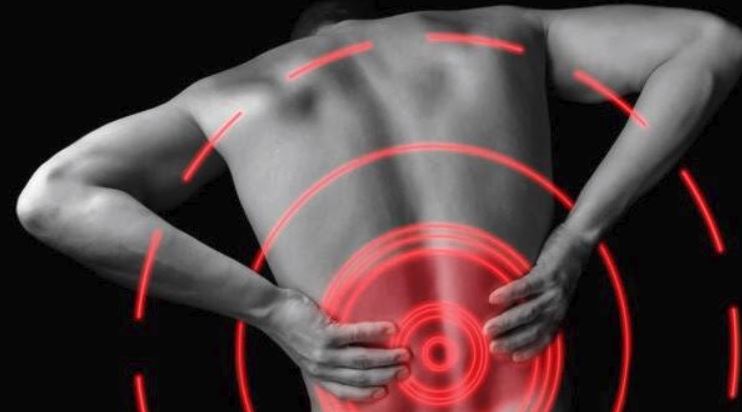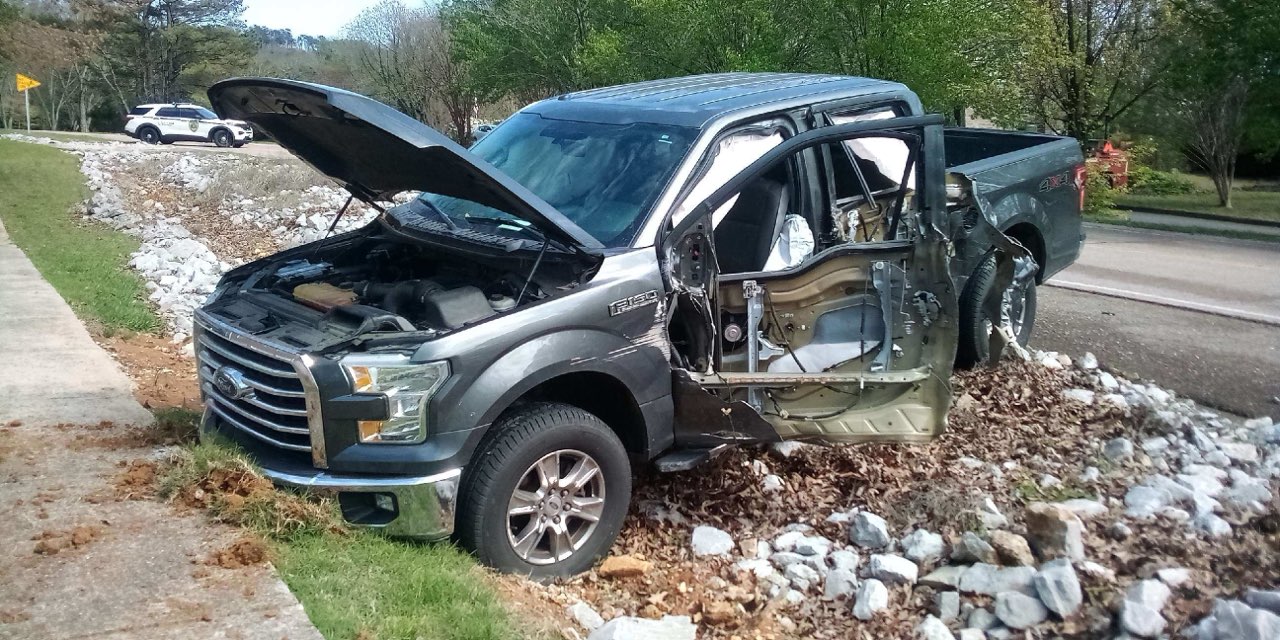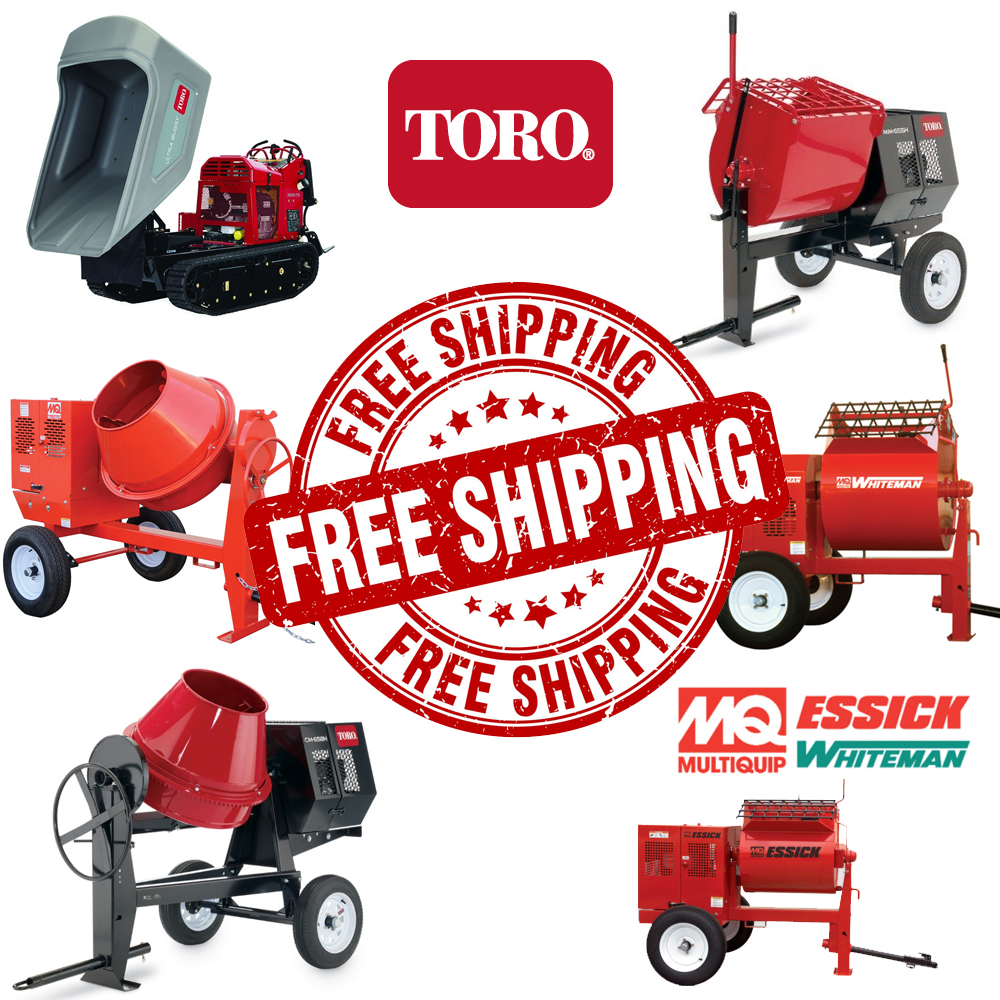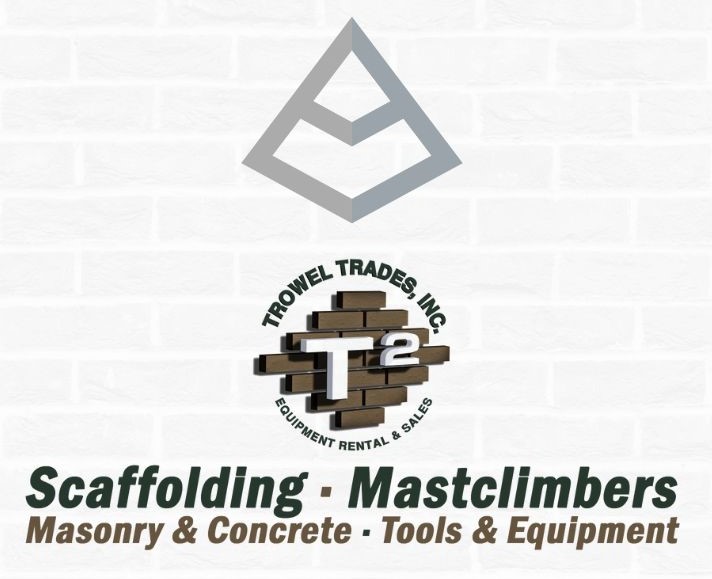
FREE SHIPPING ON
ALL QUALIFYING ORDERS
Enter your email below to join our mailing list:

Q: What’s the most important lifting rule to remember?
A: Keep The Load Close!
Q: If you don’t hold a load close to your body, how much heavier is the “experienced” weight than the actual weight?
A: Ten times as heavy! The back operates as a simple lever, with the fulcrum in the lower back. Back muscles serve as the power arm; the load being lifted is the weight arm, and a 10-1 lever ratio exists in the lower back. The further away you hold the load, the “heavier” it is.
Q: Why never twist with a load?
A: Lumbar (lower back) vertebrae, disks and joints are under the most vertical pressure when lifting a load. Twisting with a load creates a “shearing” effect on these tissues.
Q: Which muscles are most important for keeping the spine in its strong S-shaped curve?
A: Abdominal muscles, which work in cooperation with back muscles to support your spine. The trouble is, abdominals tend to weaken over time. It helps to tighten them during a heavy lift, but more importantly, keep them in good shape.
Q: How can stress in your life effect back pain?
A: Whether you’re aware of it or not, emotional stress can tighten muscles. Often, fatigued back muscles are the most effected and the first to feel it.
Q: What time of the day are back strains most likely to happen?
A: In the morning, or at the beginning of a work shift, when muscles aren’t “warmed up.” Trends also show an increase following the lunch hour, perhaps because blood circulation is in the stomach, instead of the large muscles, and because people may be sleepy and inattentive then.
Q: How does keeping flexible help prevent back and muscle strains?
A: Muscles tend to shorten when not used to their full capacity. Flexible muscles are less likely to be strained and injured than “tight” muscles, when sudden or heavy power is required. Pre-work stretching programs have been very successful in preventing back and muscle strains.





No spam, notifications only about products and updates.

Having dealt with MK Diamond Products and the Delahauts since the mid 1990’s it is sad to hear the news that they have closed their

I’ve told my wife and daughter to never follow a mortar mixer down the interstate. For over 30 years we have sold, rented, and repaired

This question is one of the most frequent mixer related questions our rental staff are asked. Our contractor customers know the importance of using the right tools for the job.

Trowel Trades, a company that specializes in equipment rental, tool retail, repair services, scaffolding and mast climber access solutions, enters the Silver Tier of the Masonry Alliance Program.
Your email was submitted successfully.
YOUR 10% OFF COUPON CODE IS WELCOME10.
See category exclusions below.
Category Exclusions:
Arbortech Brick and Mortar Saw, Compaction, Concrete Mixers, Concrete Walk Behind Saws, Drop Hammers, Grout Hogs, iQ Power Tools, Masonry Block Saws, Masonry Brick Saws, Mast Climbers, Mortar Mixers, Mud Buggy, Saws, Scaffold, Self Dumping Hoppers, Shoring, and Stihl